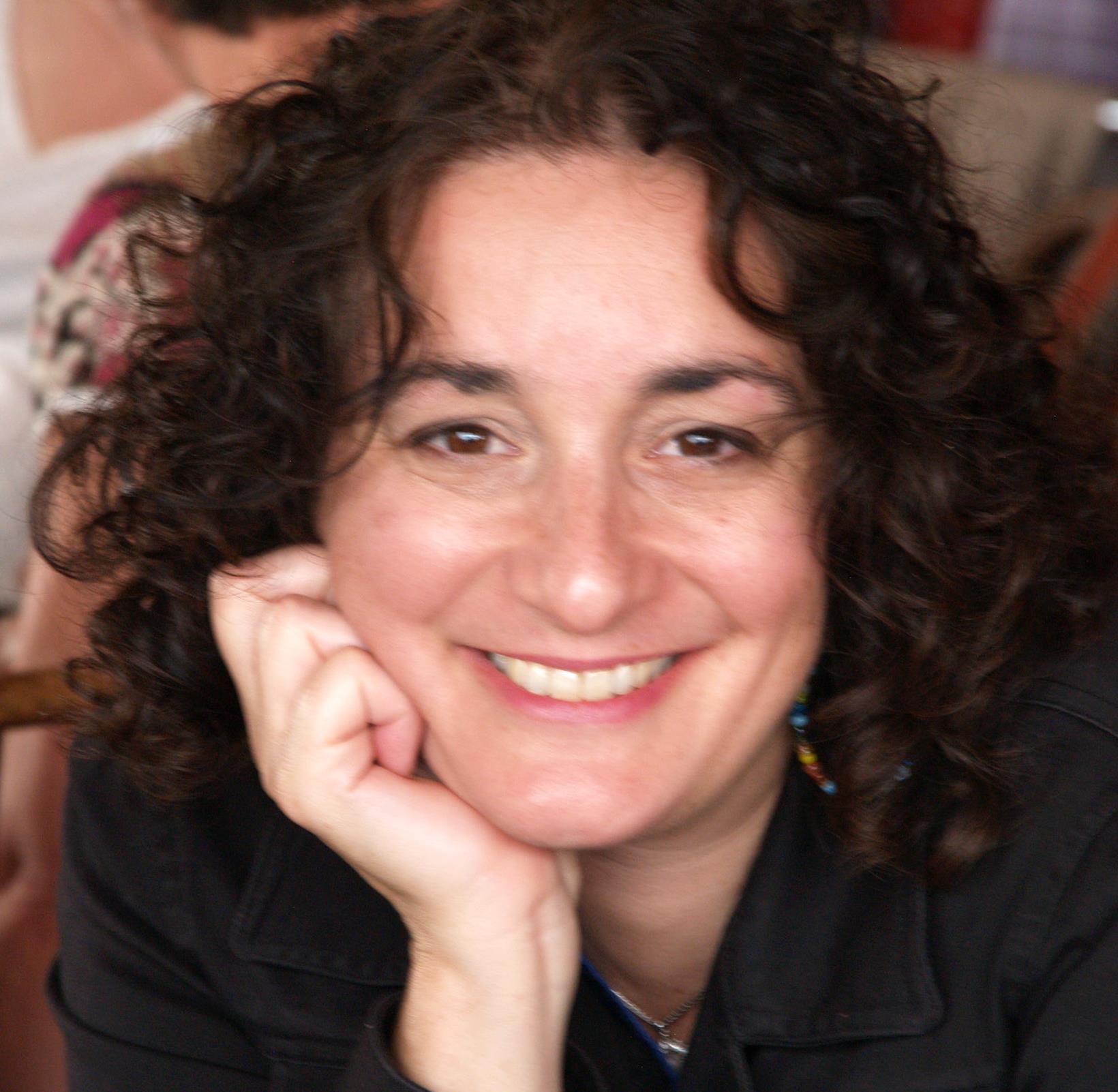- Home
- About Us
- The Team / Contact Us
- Books and Resources
- Privacy Policy
- Nonprofit Employer of Choice Award

 It is proving more and more difficult to secure one-on-one meetings with grant makers either prior to submission or afterwards to solicit feedback. The motivation behind the lack of communication is not about covert intentions or eluding accountability. The reality is that many foundation grantmakers lack the human resource capacity to address inquiries or accompany rejections with individualized responses.
It is proving more and more difficult to secure one-on-one meetings with grant makers either prior to submission or afterwards to solicit feedback. The motivation behind the lack of communication is not about covert intentions or eluding accountability. The reality is that many foundation grantmakers lack the human resource capacity to address inquiries or accompany rejections with individualized responses.
So if there is no one available to provide constructive feedback, how can your next submission be improved? Based on US survey data, here are the top six reasons why funding applications are not approved.
You cannot do anything about number 6, except apply again. And yes, apply again.
You can do something to ensure the other five reasons do not propel your proposal to the rejection pile. Among the five reasons, number four - application questions are not being answered clearly - is completely in your power to address.
If you search “how to write a grant proposal?” you will find similar suggestions as to the information to include - Executive Summary, Need Statement, Organizational Information, Goals and Objectives, Program Design, Evaluation, and Budget. This is helpful if the grantmaker accepts the five to ten- page free-form proposal. This is not helpful if the grantmaker has a paper or on-line application of questions. It is even more unhelpful if those questions appear redundant and require restricted word count answers.
The pointed questions and restricted word count can impede your ability to build your case and tell your story in a persuasive and concise manner. This is the grant writers’ puzzle, or more accurately, the grant writer’s alchemy - transforming a series of staccato questions into a lyrical story of facts, compassion and triumph.
How is it done? When I work with my clients, I start by rethinking the proposal sections in terms of their role in addition to the content. For example, the need statement articulates the nature and extent of the problem your program aims to address. The role of the need statement is to capture the interest of the grantmaker. A successful need statement will invoke an emotional response, align with the priorities of the grantmaker and compel the reader to read on. The need statement is the Hook. The organizational information invokes confidence in your organization. The goals and outcomes is the grantmakers’ return on investment, ROI. The program design is the details. The four components of the Hook, the Confidence, the ROI and the Details are key for most applications.
Before you begin filling in the application, read all the application questions and earmark each one as either Hook, Confidence, ROI or Details. If sample answers are provided, refer to them to guidance to clarify any ambiguity. Take note of the order of the questions to ensure your answers flow or scaffold. Play around with the earmarking to be strategic – ensure each question has a valuable role in the story.
Then allocate appropriate information, facts, anecdotes, or statistics to each question. Even if questions seem redundant, no answers should be. Ensure distinct and new information is provided in each answer.
For me, among the four, the Hook and the ROI are the key answers. I devote enormous amounts of time to crafting the Hook and ROI questions to make sure they are bang on. However, if a rubric is provided, no need to guess which answers yield greater weight. Follow the rubric.
In summary, be strategic, purposeful and precise with your answers. The only tool you have at your disposal is words- so make every word count.
To learn more about how to strategically complete an application to promote accuracy and persuasion and other grant writing tips, consider joining me at my series of three one-day workshops. Together we can work to help you transform your proposals into winners. You can find workshop descriptions, registration information and other services at annemorais.com.
Anne Morais has been writing successful grants for over 15 years. She has raised a total of 12 million dollars to support social service delivery in Toronto and is currently accepting new clients. You can reach Anne at: 416-529-8325 or anne@annemorais.com